Pelleting the diet still beneficial in current market
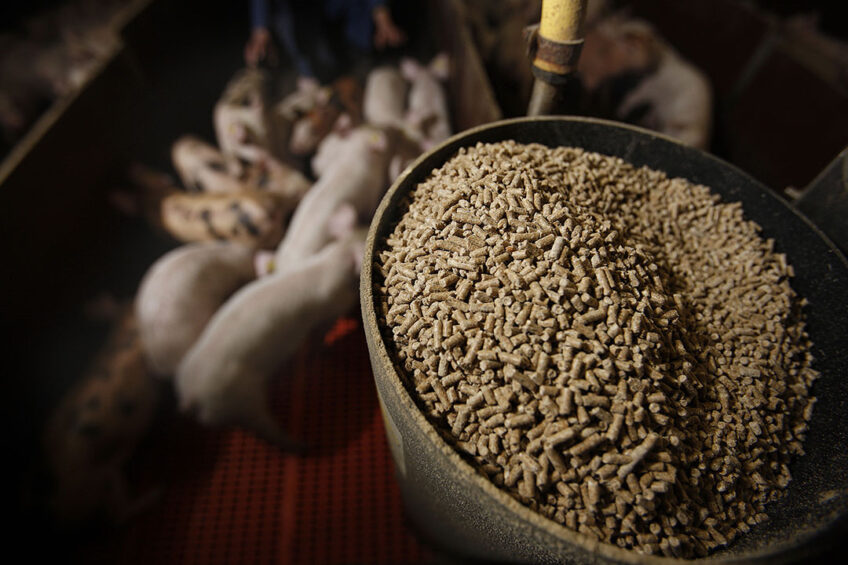
With the current energy prices, feed companies are looking for solutions to reduce production costs. One can think of moving from pellet to mash diets to save on pelleting costs. However, this is not a good idea, says Fransesc Molist. Other feed quality properties will then be compromised. He gives an overview of what should be considered before moving to mash diets.
Feed stability/ hygiene
Pelleting reduces feed segregation or de-mixing of smaller particles such as minerals, vitamins and other additives. Moving to mash diets might increase the risk of animals being fed unbalance diets as a consequence of feed segregation in a shared feeder. Pelleting will also reduce the bacterial load in the mash.
Nutritional efficiency
It is generally recognised that fineness of grinding affects nutrient digestibility. As has been documented earlier, an increase of the average particle size with 0.1 mm decreased the energy digestibility by around 0.6%, and nitrogen digestibility by around 0.8% in growing pigs. The effect of particle size varies between individual nutrients, with the biggest effect on crude fat digestibility.
The negative effect of coarse grinding of completed diets on nutrient digestibility can be explained by different factors. Grinding disrupts complex cell wall structures, which makes nutrients available for digestion. Fine grinding increases the contact surface of the feed, which improves accessibility of digestive enzymes.
Pelleting
The next step after grinding is pelleting. The effects of pelleting a completed swine diet on the nutrient digestibility and energy utilisation will also depend on many factors, such as diet composition or grinding of the ingredients. Diets rich in fibre by-products and oil seeds will benefit more from the pelleting process due to the further reduction of particle size, making fat and fibre more available for digestion.
Based on the available information, as a rule of thumb we can say that pelleting a European swine diet will increase energy utilisation at around 2%.
Performance parameters
Pelleting reduces feed intake as a consequence of a reduction in feed wastage, whereas improved daily growth is observed. Thus, feed efficiency is improved in pigs fed pelleted diets.
Taking this into account, it can be suggested in the current scenario of high feed prices and low meat prices to still pellet the swine diet to increase its nutrient utilisation, maintain performance and reduce the impact to the environment. In the coming years we will need more research on how to optimise the processing part inside the feed mills to reduce the costs associated to processing of the diets.
 Beheer
Beheer

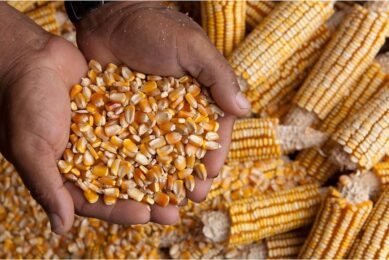
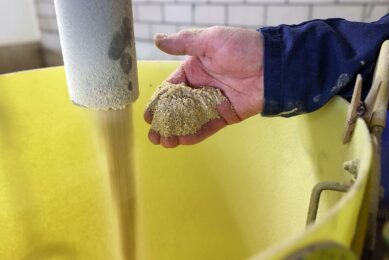
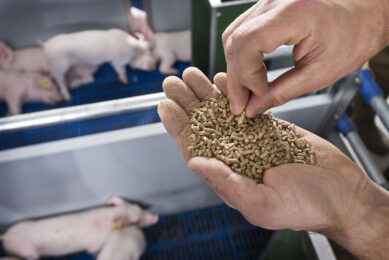
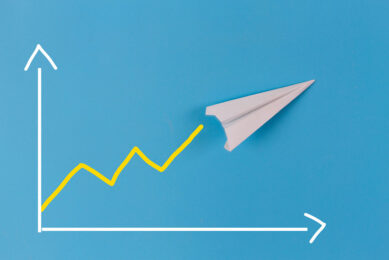



 WP Admin
WP Admin  Bewerk bericht
Bewerk bericht